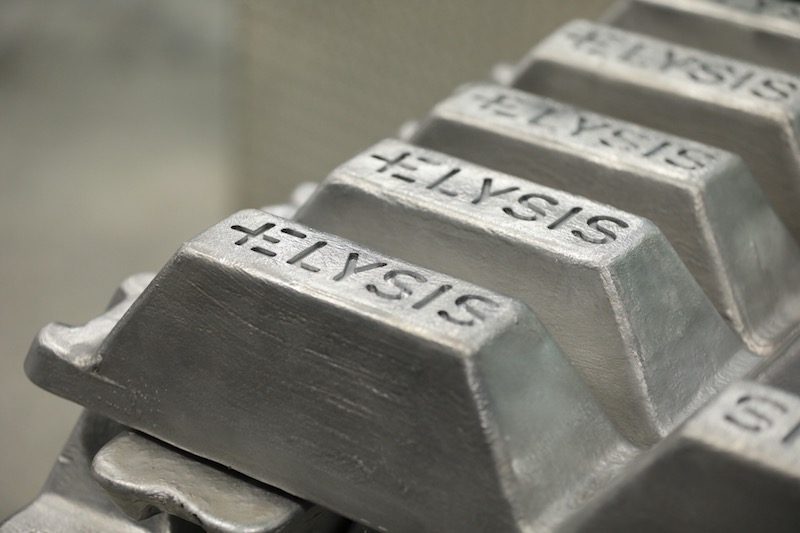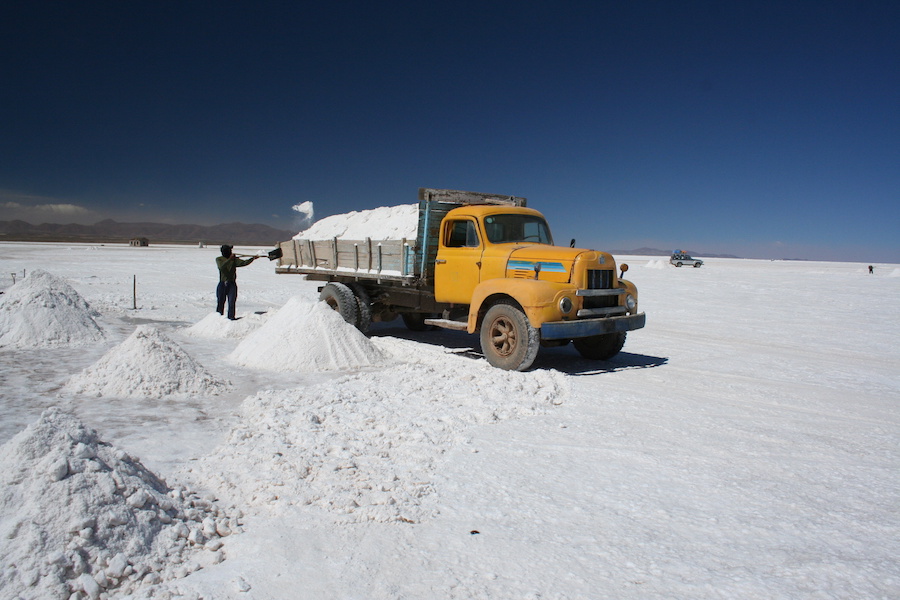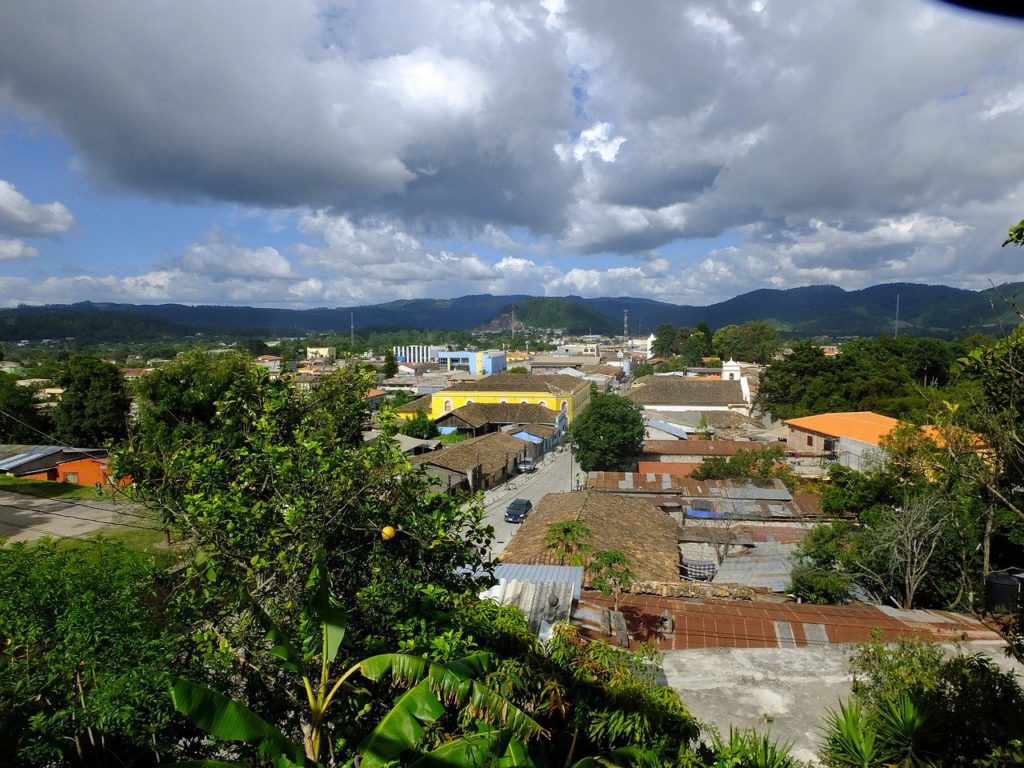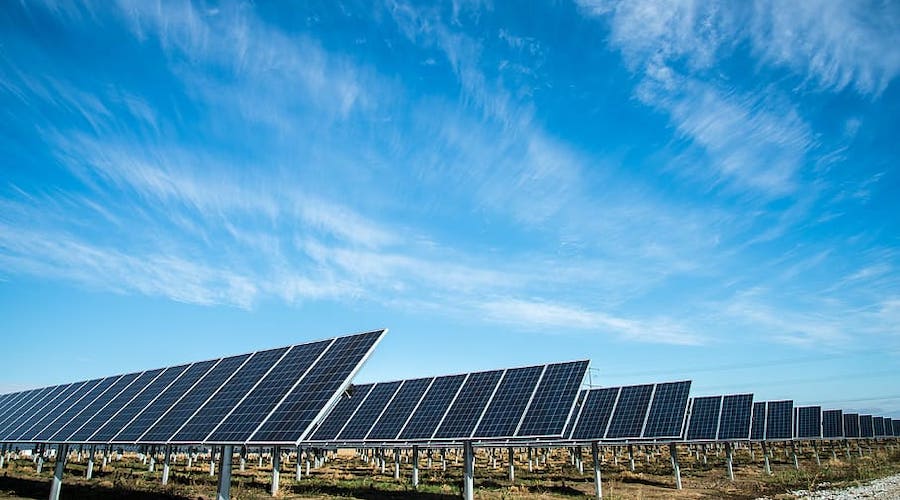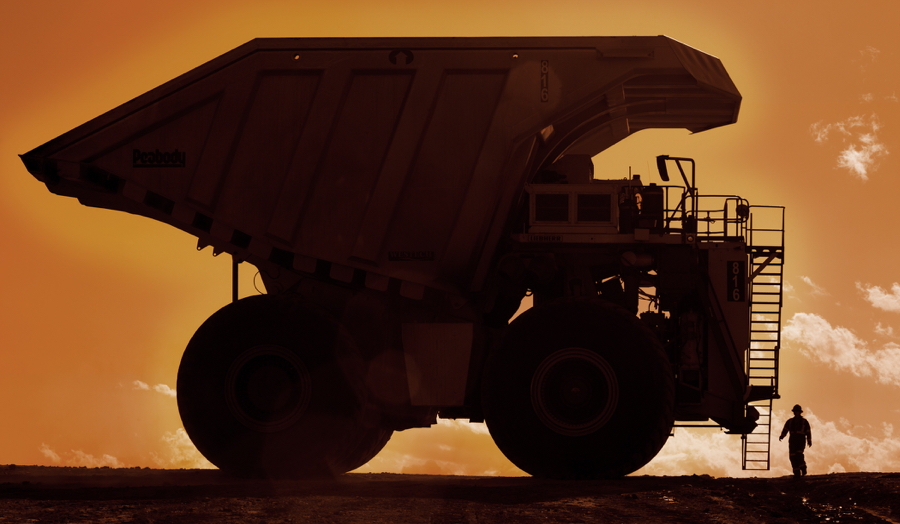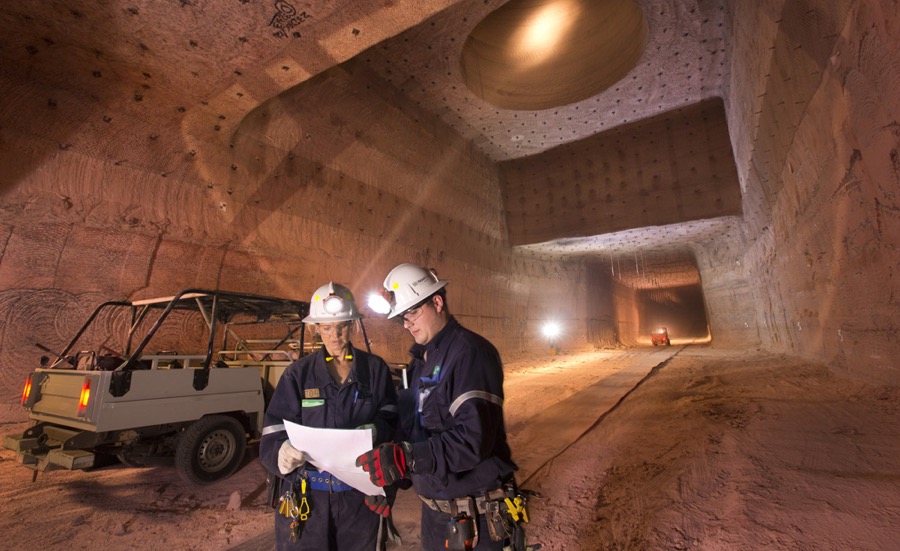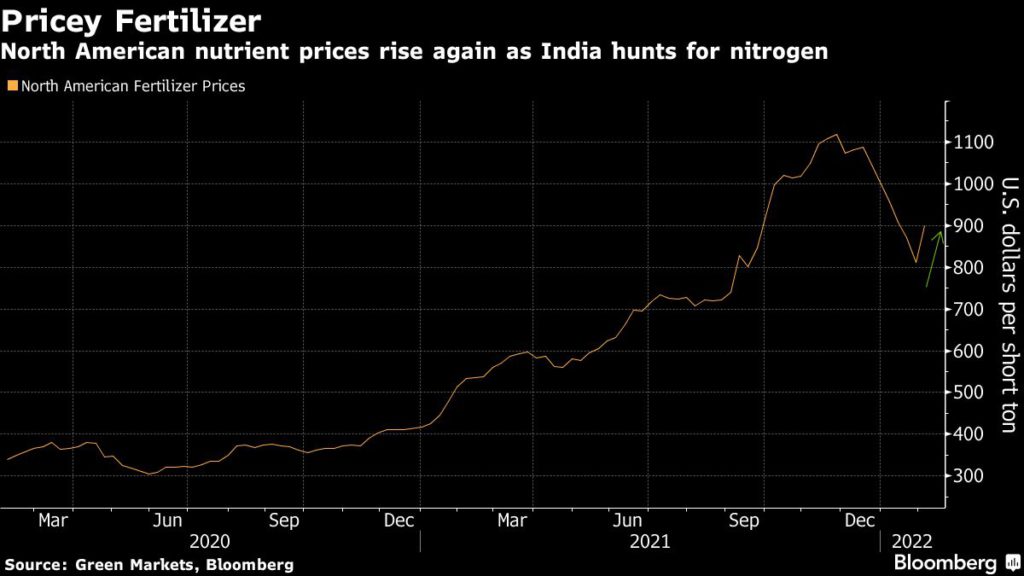Reuters | February 28, 2022
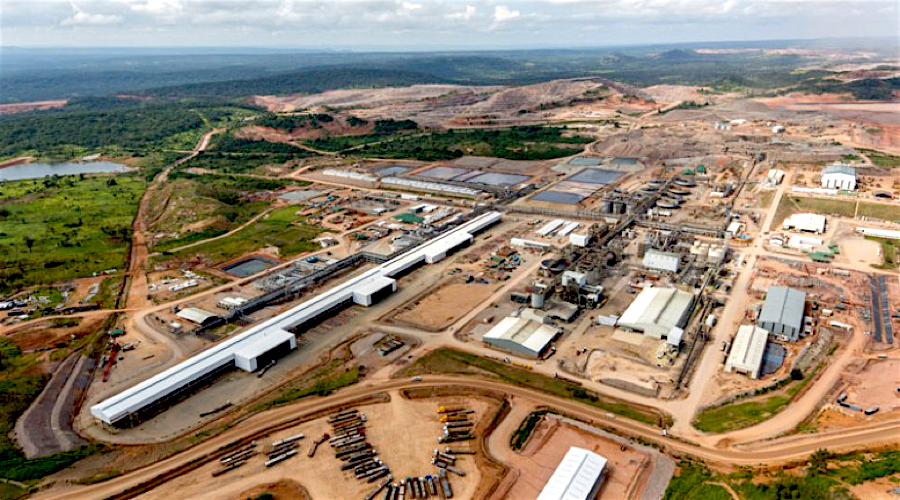
Aerial view of the processing plant at China Molybdenum’s Tenke Fungurume mine in 2015. (Image courtesy of Freeport-McMoRan Copper & Gold)
A court in Democratic Republic of Congo on Monday appointed a temporary administrator to run China Molybdenum’s Tenke Fungurume copper and cobalt mine at the request of state miner Gecamines, a minority shareholder in the project.

The order from the Tribunal of Commerce in the southeastern city of Lubumbashi marks a significant development in a dispute that broke out last year between Congolese authorities and China Moly over reserve levels at the mine.
Congo’s government announced in August it had formed a commission to reassess the reserves and resources at the mine in order to “fairly lay claim to (its) rights”. Several Gecamines officials were appointed to the commission.
China Moly, which has an 80% stake in Tenke Fungurume, Congo’s second-biggest copper mine, said at the time it was confident the issue would be resolved. The government has made few public comments about the matter since then.
But the court order on Monday showed state mining company Gecamines, which owns 20% of Tenke Fungurume, petitioned judges in December to strip the mine’s current leadership of decision-making powers and appoint a temporary administrator.
The court appointed Sage Ngoie Mbayo, who Gecamines recently appointed as its representative to the mine, as administrator for a period of six months. He will take over management responsibilities from China Molybdenum-appointed chief executive, Jun Zhou.
The court tasked Ngoie with “reconciling the two partners on the points of divergence, namely access to technical information and social affairs of the company”.
China Moly did not immediately respond to a request for comment.
Tenke Fungurume produced around 182,600 tonnes of copper and 15,400 tonnes of cobalt in 2020, the last year for which complete data is available.
(By Aaron Ross; Editing by Chris Reese)
